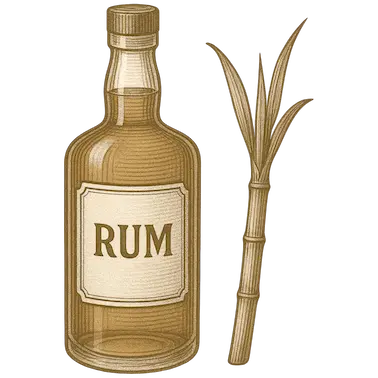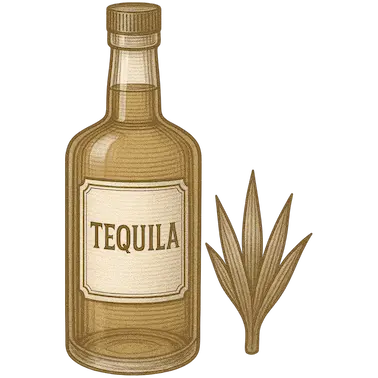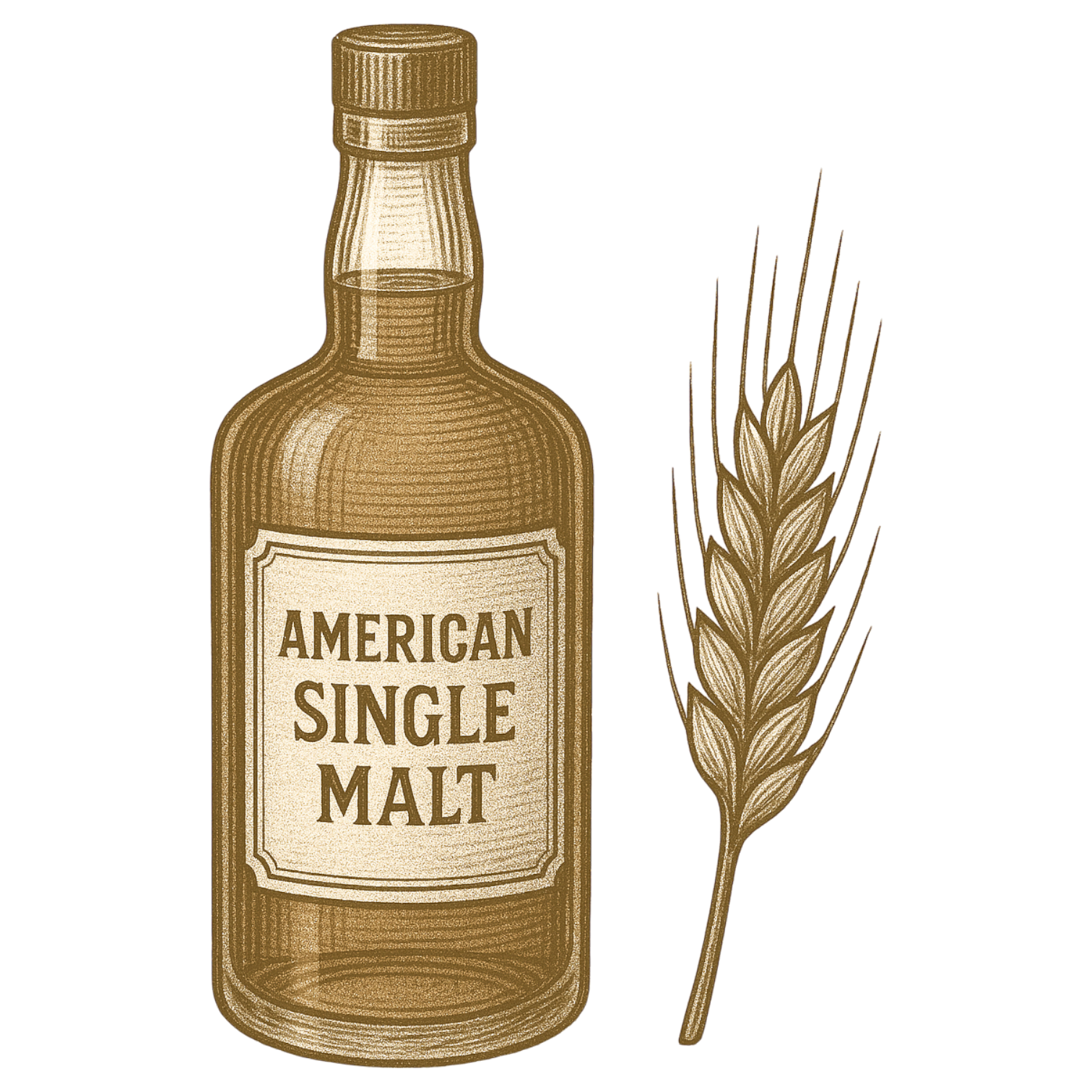Let's talk about GIN
Denaya Jones
March 13, 2019
In the wake of the “craft spirit age,” there is still an amazingly large group of imbibers that haven’t quite gotten into vodka’s more intriguing cousin - good ol’ Ginny, gin, gin.
Gin’s ever-evolving history throughout the globe is interesting, to say the least, so the easy answer to modern-day resistance to the piney spirit may be that it’s residual from Gin’s tumultuous history during the 15th century - when juniper-infused wine, tea, and other healing tonics transitioned from being in every physicians’ medicine cabinet to being recklessly recreated during Great Britain’s Gin Craze by unmonitored distillers for the masses to drown their sorrows and puff out their chests after a shot of liquid courage.

Whether you’re an aficionado or simply willing to look past that horrible experience you had in college, now is a great time to be a gin drinker. With all of its classifications and varieties in expression, it’s without question that gin is one of the most diverse and historically enriched spirits in the game.
First things first…
What makes gin its own spirit is Juniper berry, which grows on one of the most widely used trees in human history. Juniper trees have been used for a multitude of things from shelter, to food, and more predominantly as a “wonder drug” since ancient Egyptian times almost 4,000 years ago. Juniper berries were used to aid sprains, wounds, infectious diseases, abdominal pains, and even pregnancy ailments.
How can something so good get such a bad rep?
Soon after the introduction of distillation to European countries in the 11-12th centuries, distilled wine(known then as aqua vitae) was then introduced to lower European countries like Holland, Belgium, Luxembourg and parts of France and Germany.
By the 14th century, juniper wines and spirits were being used by every good physician to cure colds, plague, animal bites, and even aid the liver and kidneys (ironic, right?).

During this same time, there was a shift happening from alcoholic spirits being consumed medicinally to more socially. By the 15th century, alcohol became a quick easy way to forget your woes and feel more strong and courageous in the process - in other words, get drunk.
This shift to social consumption is what led to the creation of Holland-bred Genever, and eventually globally-produced gin.
Classifications of Gin
Depending on who you talk to, there are 3-5 different style classifications of gin. Here, we will address all five in the order that they were produced.
Genever (aka the OG) is the original style, dating back to 16th century Holland. Genever’s base is what has been called “malt wine” produced from fermented grains in a process similar to whiskey production. Though it contains juniper, genever is less juniper-forward in taste, as the malt wine base takes the forefront in its flavor profile. Other flavors can include clove, caraway, ginger, and nutmeg. Distilled in pot stills, Genever is rich in both taste and texture and lingers longer on the palate than other styles.
Old Tom (aka Bathtub gin) is the first dominant style of Gin produced in England. Less so than Genever, Old Tom gin is still richer in texture and sweeter (typically from licorice or another sweetening agent) in flavor than a dry gin and can be more botanical-heavy as well.
The name Old Tom is said to derive from ‘Old’ Thomas Chamberlain, who helped to fund the opening of a gin palace owned by Thomas Norris, a former gin distillery employee. Norris’s gin palace kept an exclusive supply of gin stored in barrels labeled ‘Old Tom’s Gin,’ which went on to become the go-to term for the style of gin most consumed during its time.
London Dry Gin has been looked to as the benchmark style of gin for at least a century. Despite its name and strong association with Great Britain, London Dry gin can be produced anywhere in the world, as long as it adheres to regulation. London Dry is more Juniper-dominant and citrus-forward flavor and is lighter on the palate than its predecessors.
Plymouth Gin, produced by Blackfriars Distillery in the UK, was until 2015 was the only gin to have a geographical indication (GI). This was because it was legally bound to only be made in Plymouth, Devon, using water from the Dartmoor river. It has since lost its protected status as a GI gin, however, Plymouth brand is still the only brand to produce Plymouth gin to this day with its unique 7-botanical combination. Plymouth is actually drier than a London Dry, and more citrus-forward with a spicier finish… AKA delicious J
New Western (or ‘American style’) gin is a more modern development in gin production. This isn’t a legal classification, but more so an established term to differentiate itself from its drier, piney counterpart. NW style gin is similar to London Dry in production style, however, can vastly differ in the taste profile. Since they are not classified as London Dry, NW style gin distillers use this space to highlight other flavors such as herbs, spices, florals, and citrus fruits.
Into the tasting room
At Seelbach’s, we feature a variety of gins - each distillery highlighting a different botanical and specific regional touch to accompany its classic piney flavor.
Gin #1 – Manifest Organic Gin
 Proof: 90 Location: Jacksonville, FL
Proof: 90 Location: Jacksonville, FL
Manifest considers their gin an American southern-style gin.
*This would indicate before even tasting it that Juniper will likely not be the signature flavor in this particular profile.
Nose: Initially I received strong notes of citrus – particularly orange. There’s also light spice, and hints of Lavender and Jasmine flowers.
A great thing about this gin, which speaks to their intricate distilling process, is there isn’t a lot of heat coming from it at all, which can be common among higher proof spirits and can often cause you to smell more alcohol than botanicals.
Pallet: The predominant flavor in Manifest’s organic gin is citrus. This is due to their botanical profile being over 20% dried lemon and orange peels. Other botanicals featured are (of course) Juniper, green cardamom, coriander seed, and Angelica root. You get more of that delicious lemon peel on the pallet than on the nose, which makes this a great gin for both a cocktail, or on it’s own with ice or a splash of soda.
Finish is short, with a nice balance of both spice and sweetness. Overall an amazing gin.
Cocktail recommendation: Dirty Martini
Gin # 2 – The Revivalist Gin, Harvest Expression
Location: Chester County, PA
Proof: 80
A really fun aspect of Brandywine Branch’s Revivalist Gin series is that each expression highlights key flavors harvested during each season of the year – making this another American style gin. The Harvest expression is their autumn variety.
Brandywine Branch Distillers also locally sources their water used in the mashing process, giving their gins a regional distinction as well.
Nose: Very light with notes of orange and spices, like pepper and coriander.
Pallet: Crisp, herbaceous and citrus-forward, with hints of bitter roots. Long, dry finish. Botanicals in this gin include Angelica, coriander, Cinnamon, Nutmeg, and Clove.
Cocktail recommendation: Seasonal Chelsea Sidecar
Gin #3 – St. Augustine Barrel Finished Gin
 Location: St. Augustine, FL
Location: St. Augustine, FL
Proof: 100
Barrel-aged gin is one of my favorite additions to the spirit game – and St. Augustine is easily one of my favorite contributors to the line-up.
St. Augustine aged their ‘New World’ gin in white vermouth barrels (there is a red vermouth version as well) for one year, creating a wonderfully dry and fruity expression.
Nose: Just the right amount of vanilla & spice from the vermouth barrel, a slight nuttiness (maybe almond?) and lemon.
Pallet: I initially get a wave of mint, followed by vanilla, citrus, and floral notes. Gin is pretty dry – likely a result of the vermouth – and has a very short and somewhat spicy finish. Delicious alone and in a cocktail.
Cocktail recommendation: Not so Old’ Fashioned














